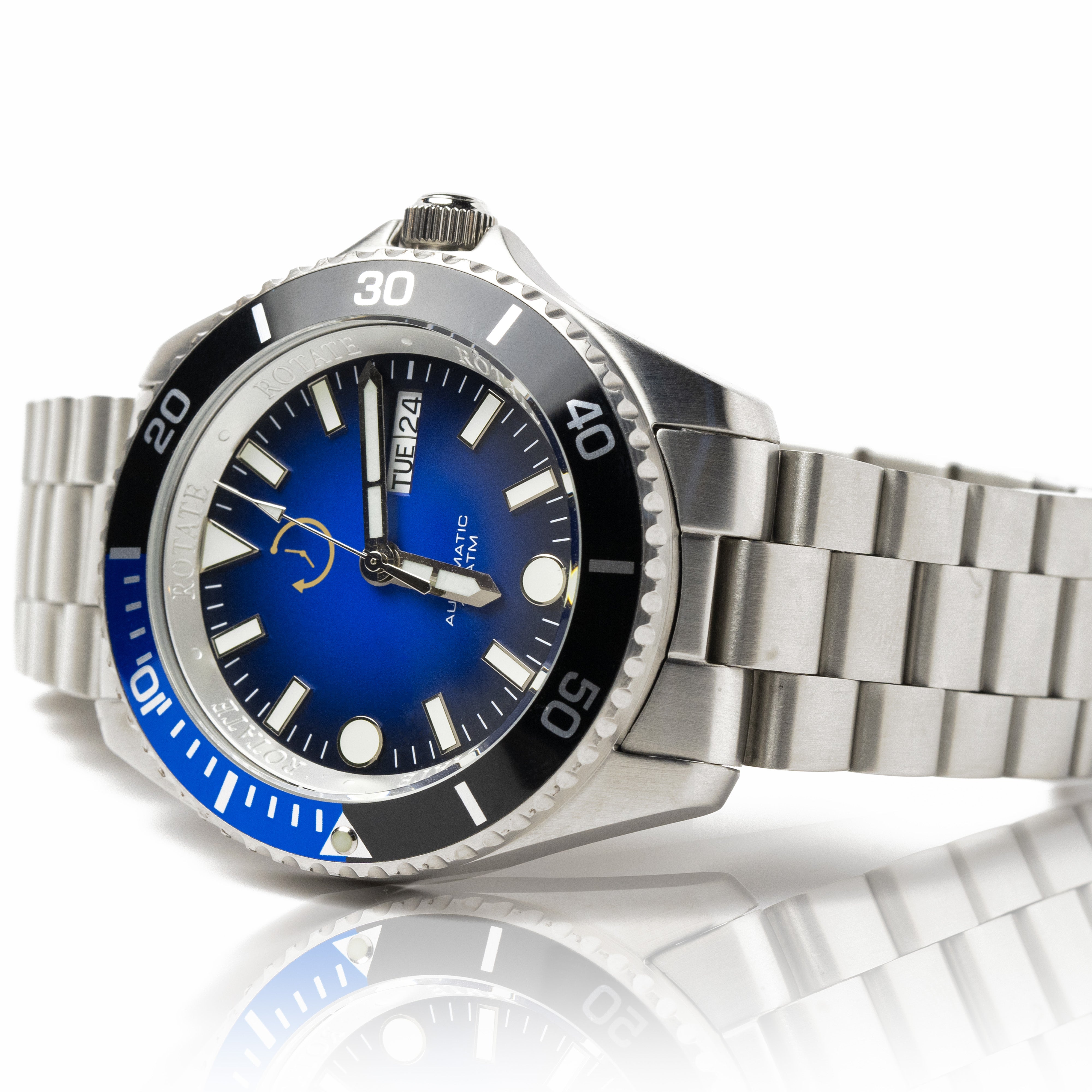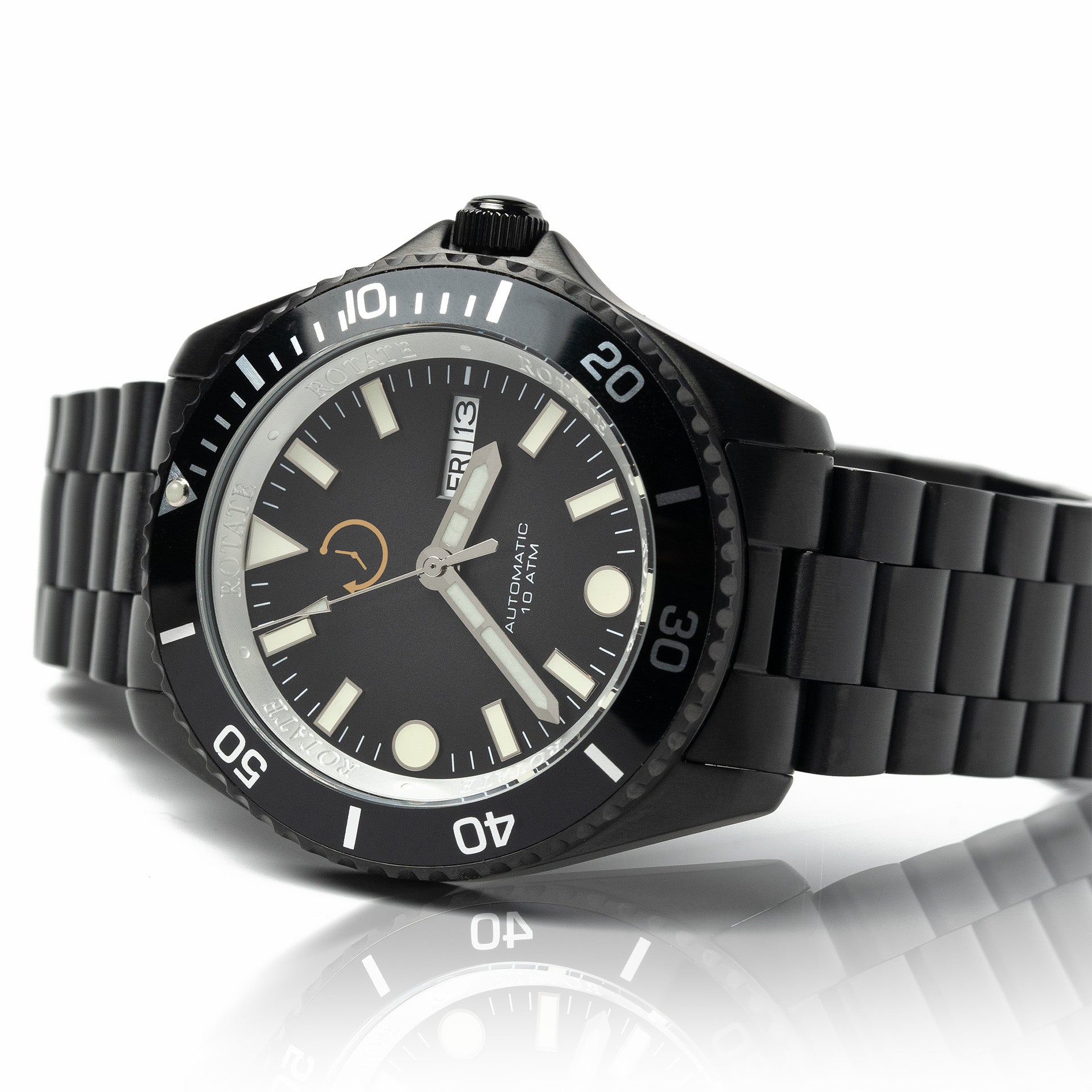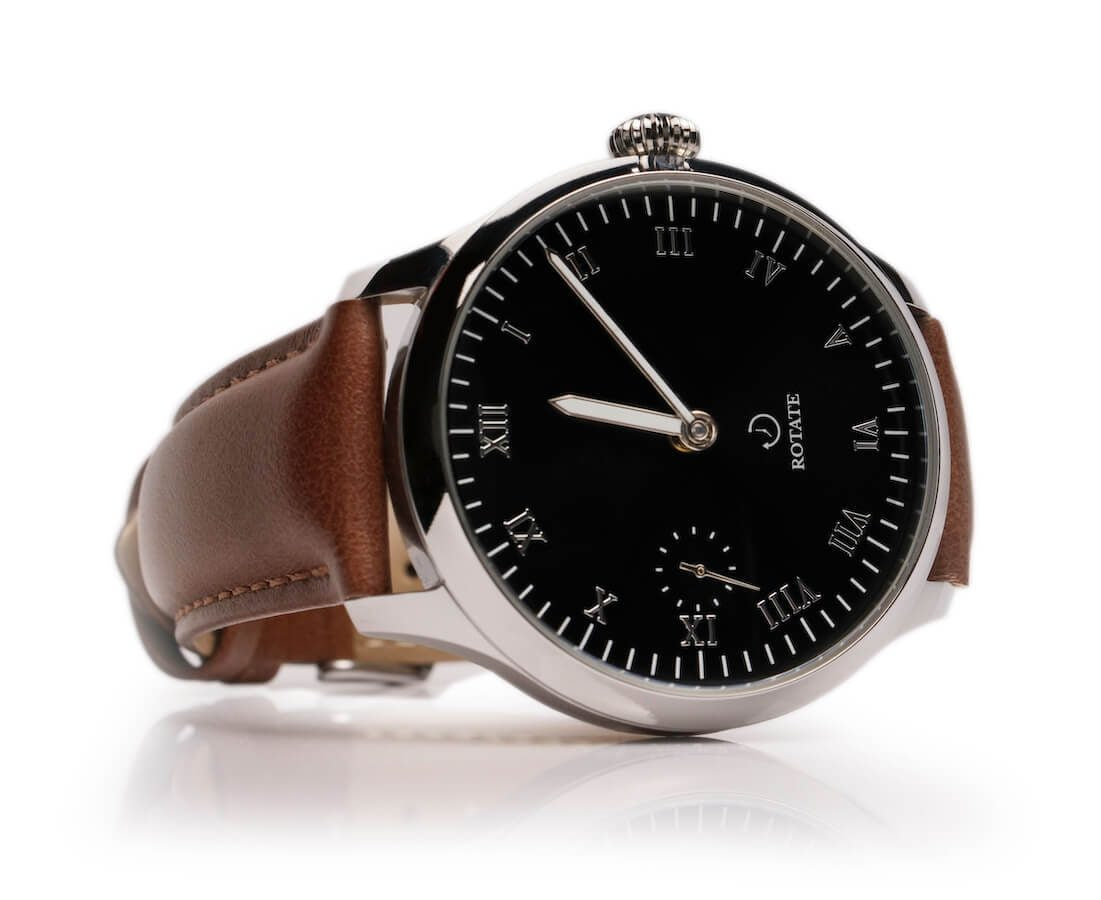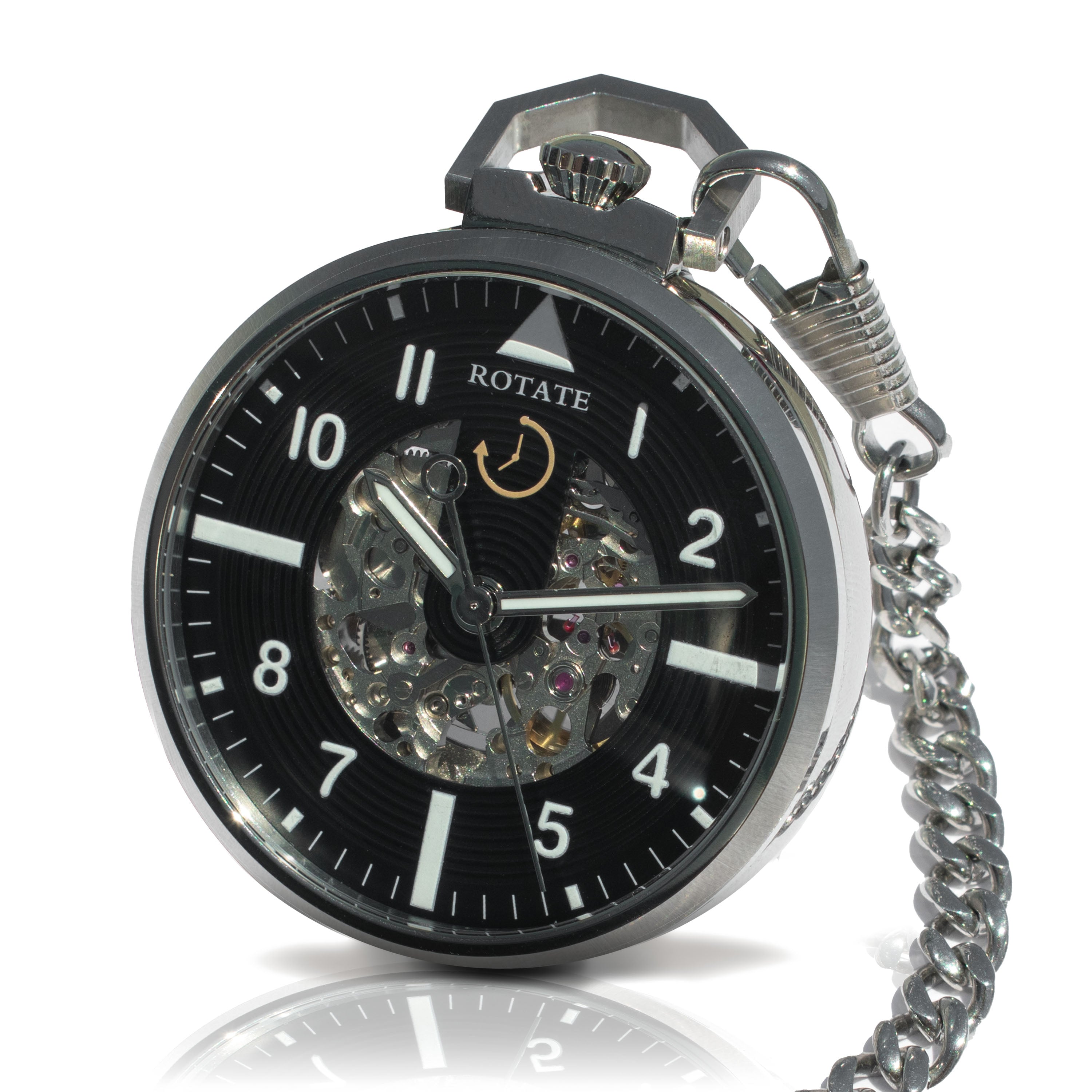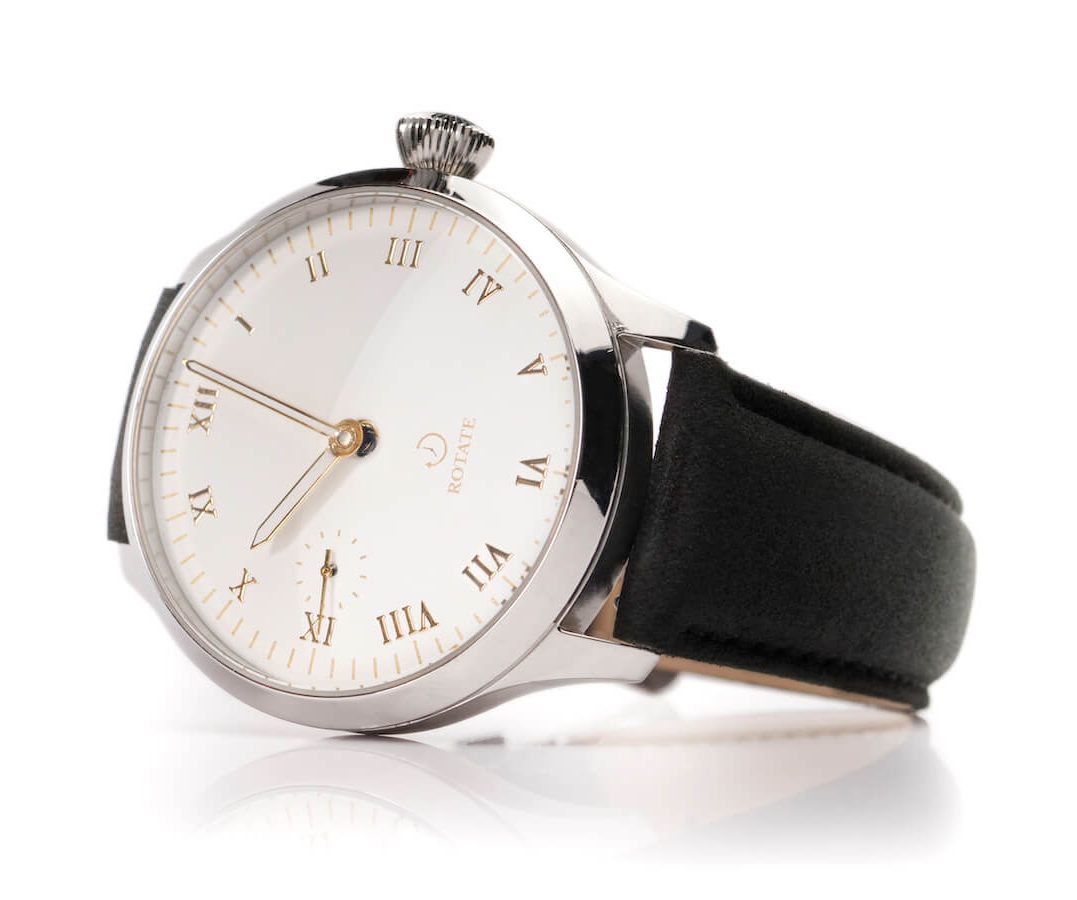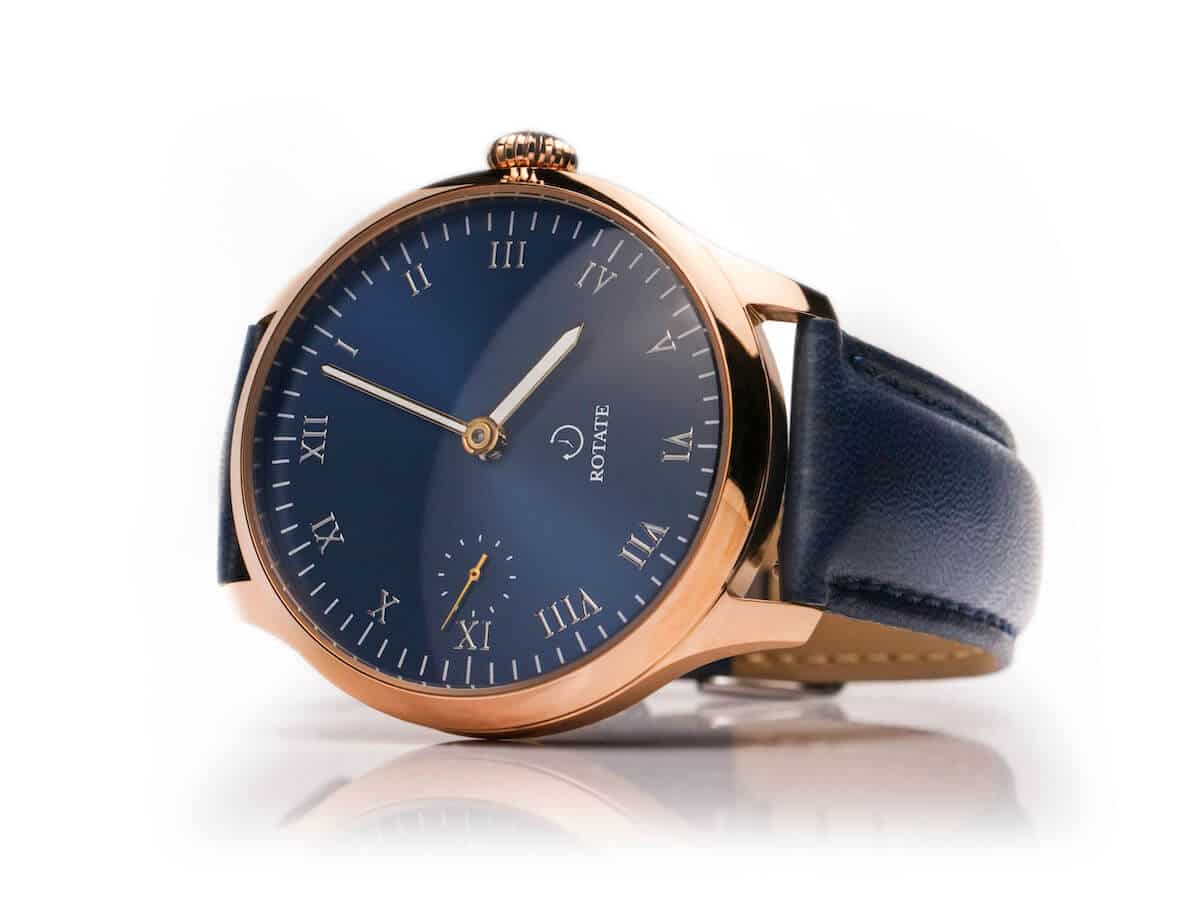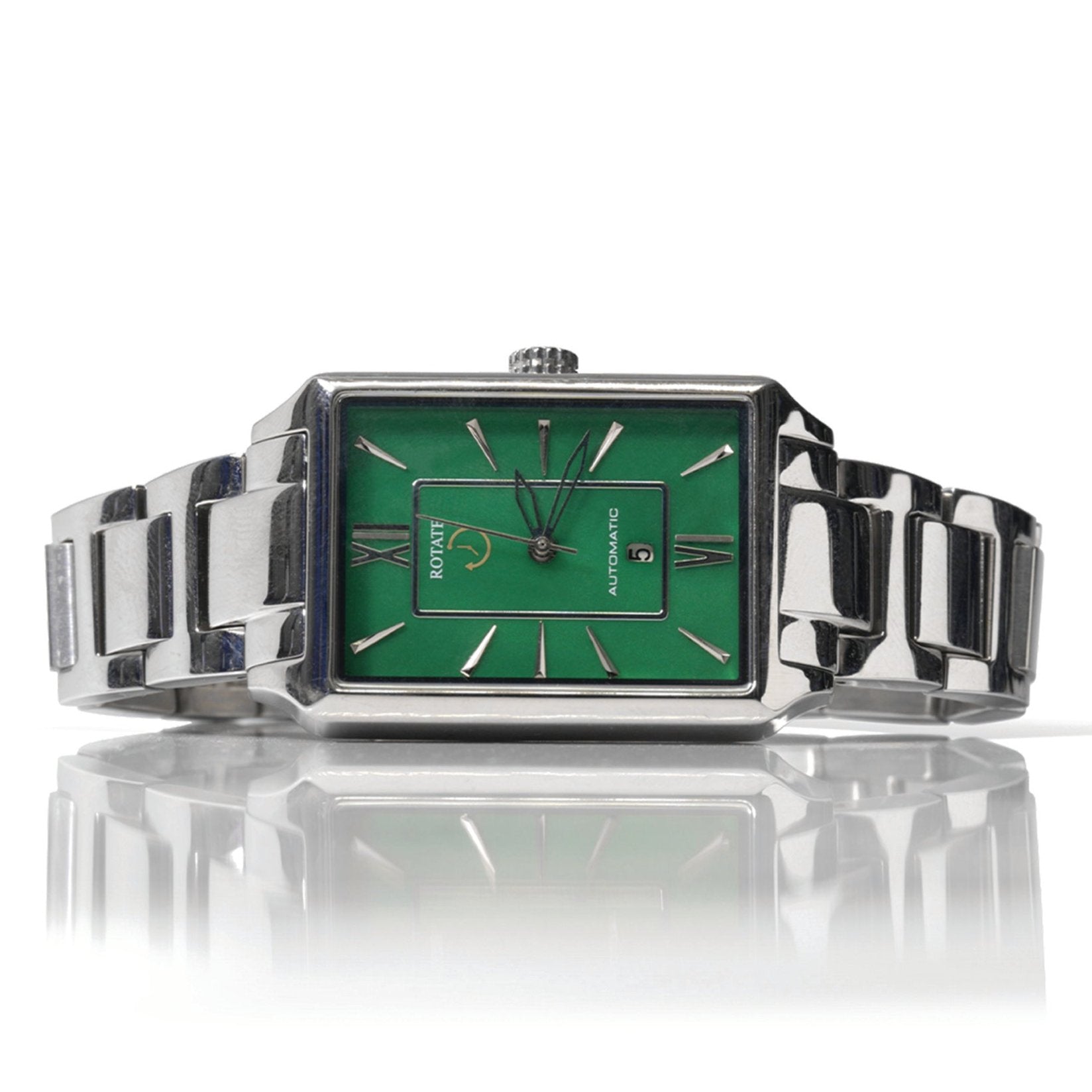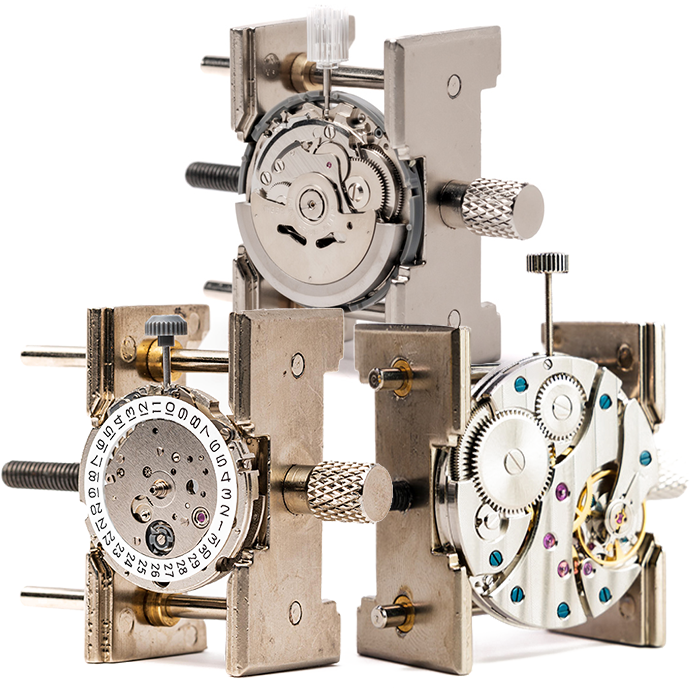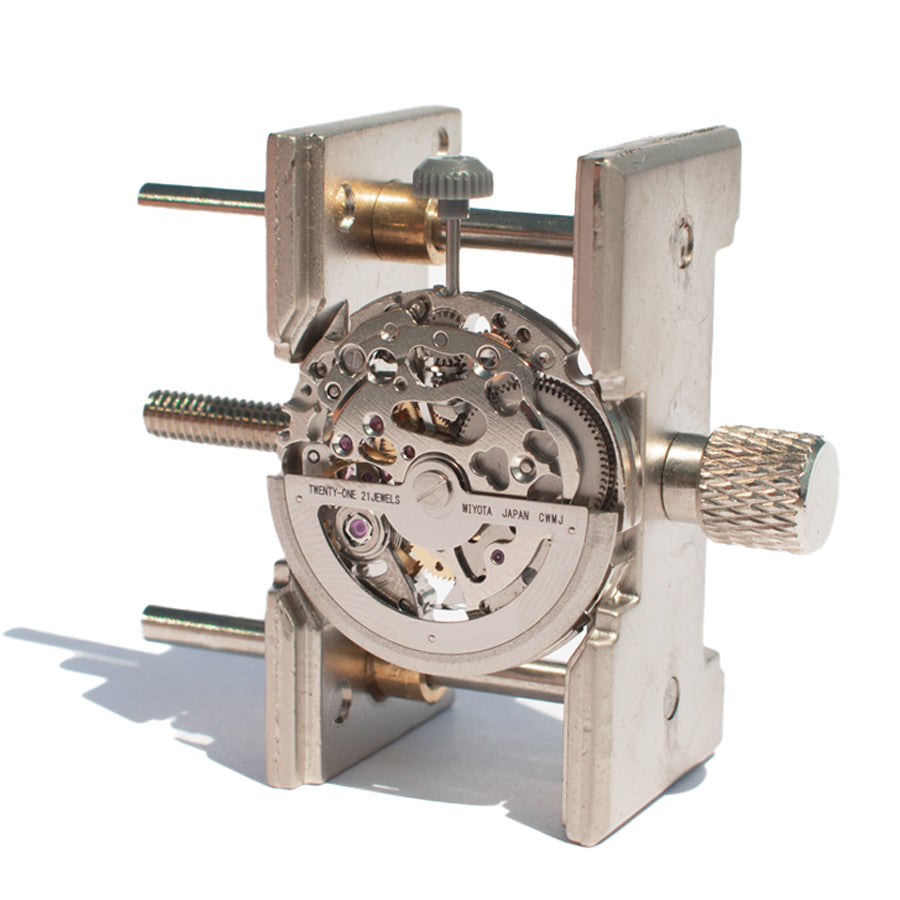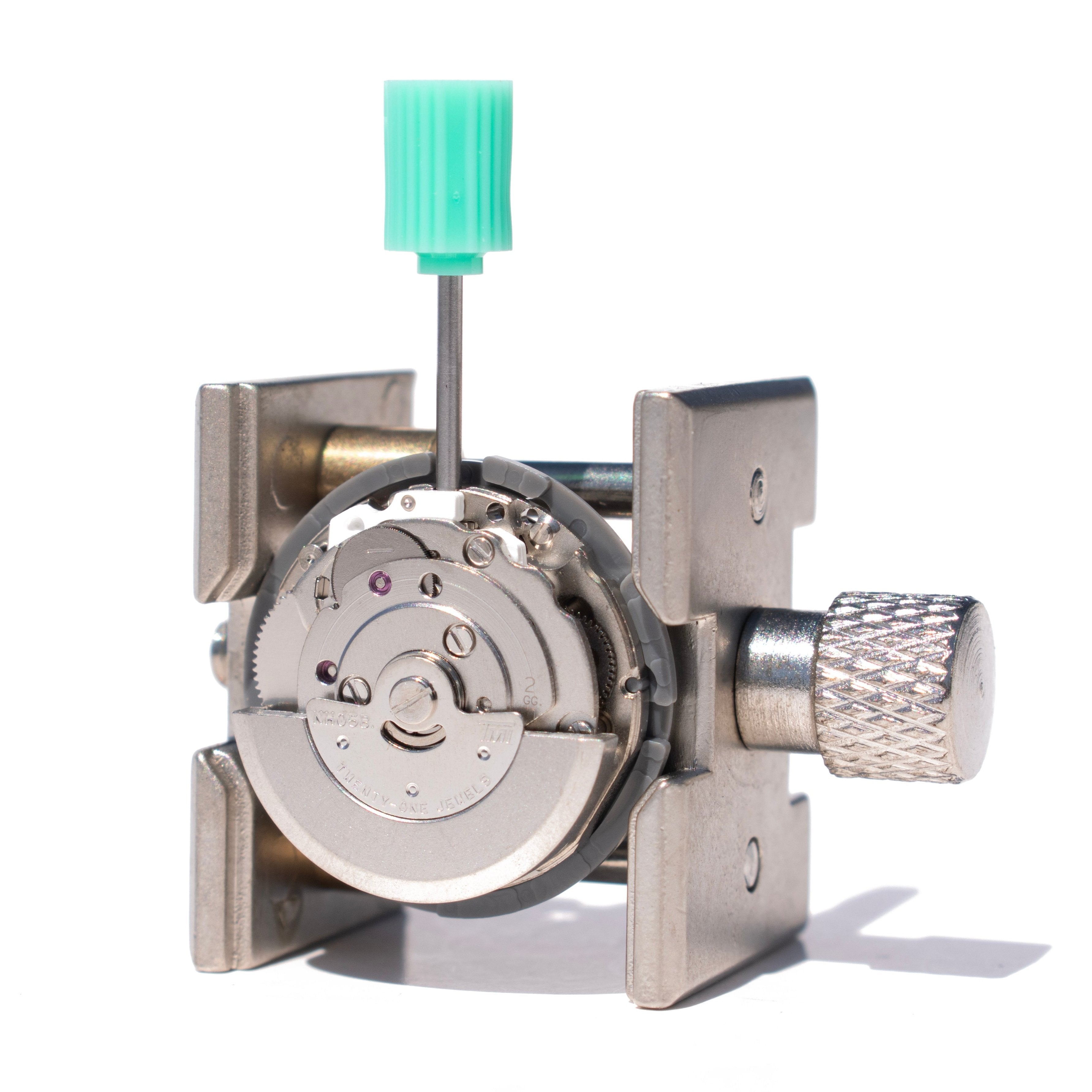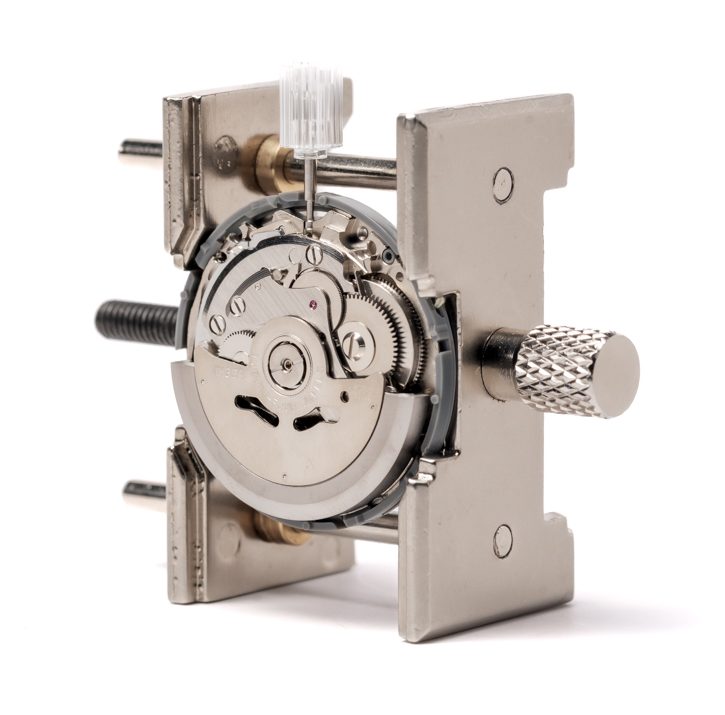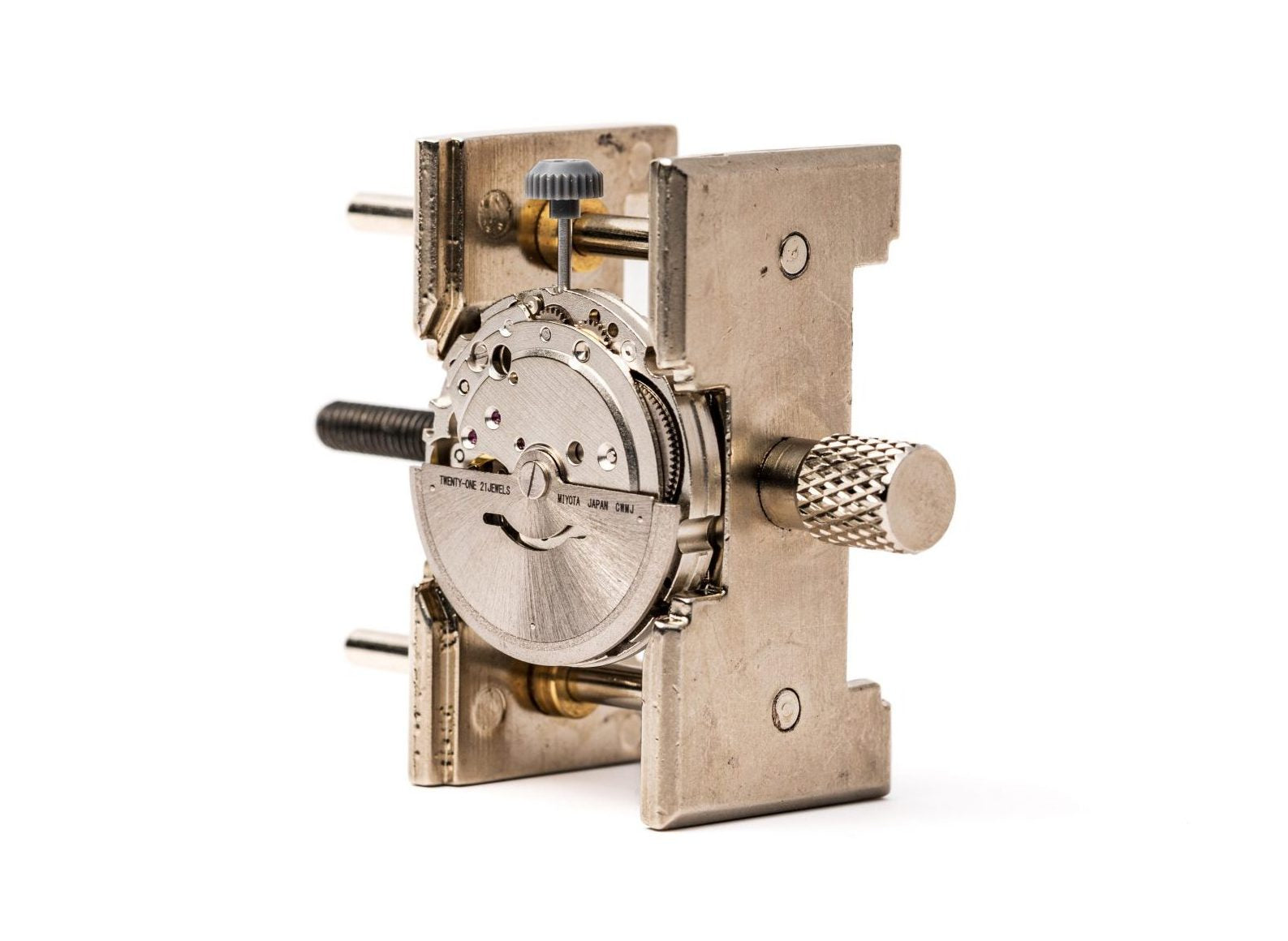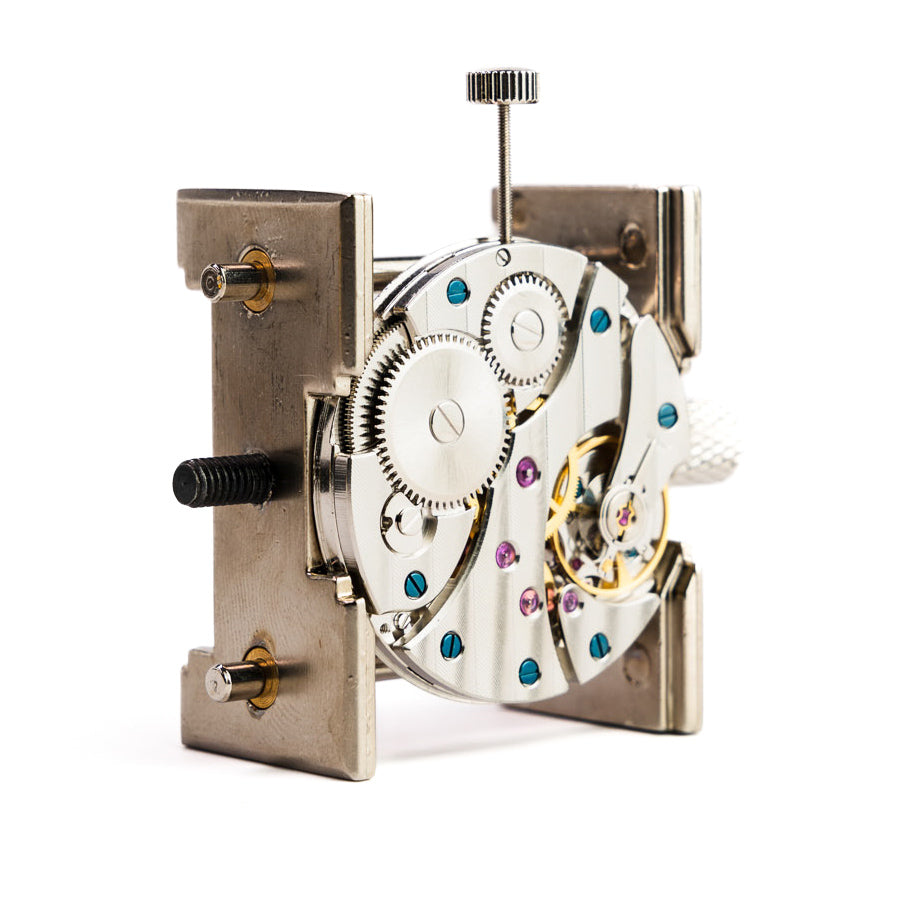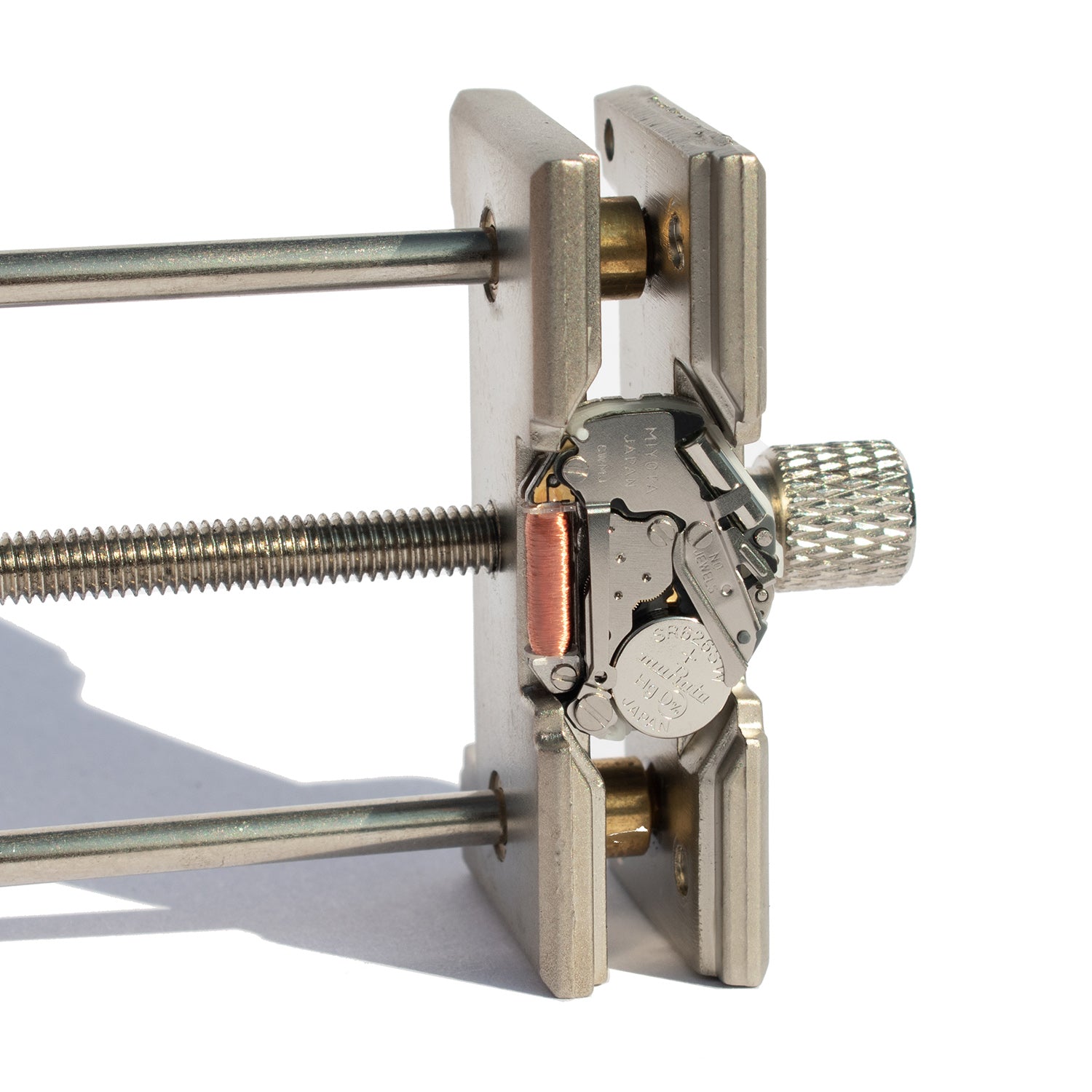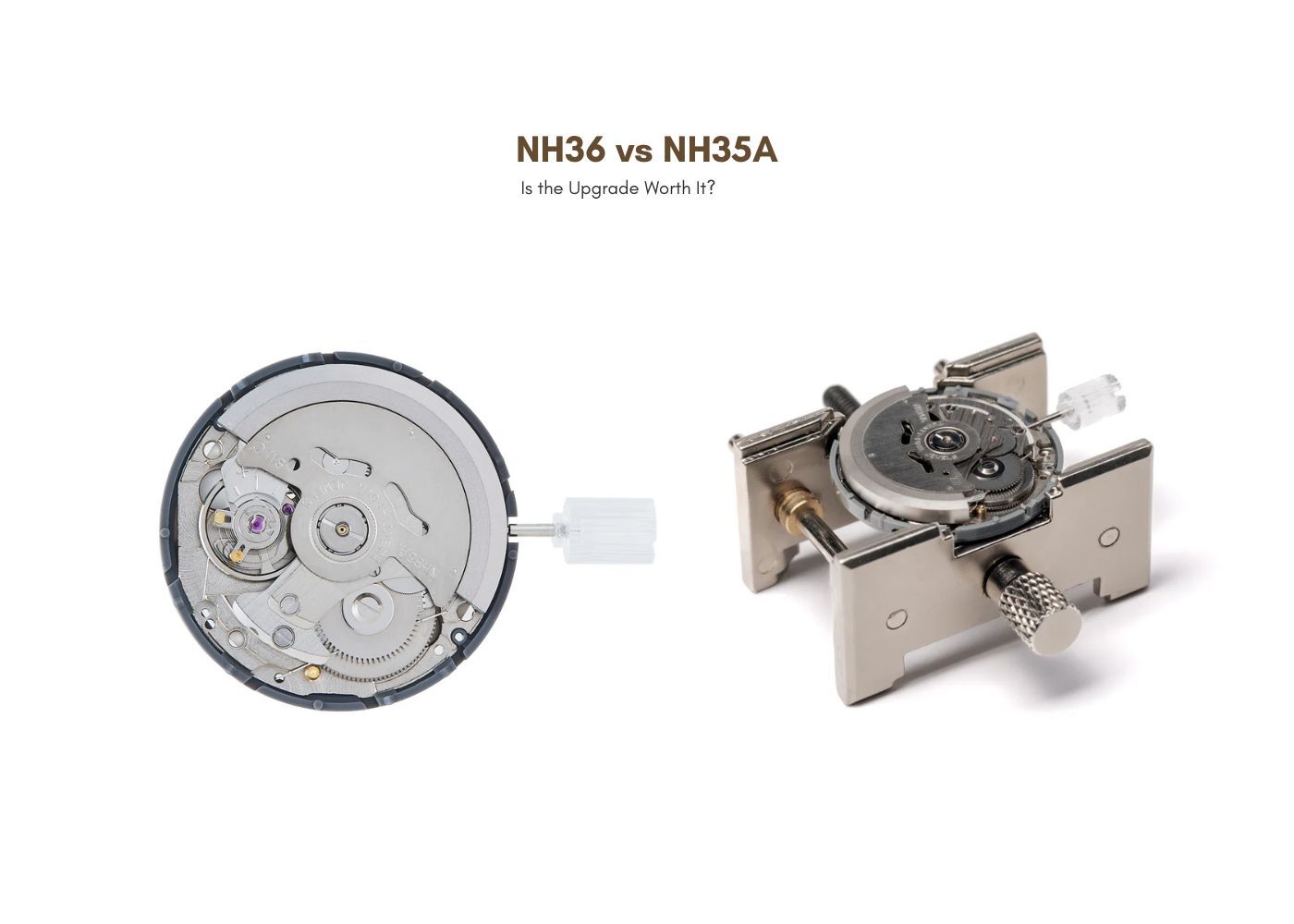
Loupe Magnifiers: Essential Tool for Watch Enthusiasts
Ever wondered why watchmakers squint through those tiny lenses? How do they see those microscopic parts? What makes a professional loupe different from a cheap one? Ready to unlock a hidden world of intricate details most people never notice?
The Gateway to Miniature Marvels
A Loupe helps us focus on the internals of the watches, especially if you have a hard time seeing tiny components. A quality loupe magnifier transforms casual interest into passionate appreciation by revealing what was previously invisible. Unlike regular magnifying glasses, loupes sit close to your eye, leaving your hands free to manipulate delicate parts.
Professional watchmakers rely on loupes because most components are literally smaller than grains of sand! When dealing with such intricate mechanisms, proper optical tools make all the difference between frustration and success.
Finding Your Perfect Magnification
Not all loupes work equally well for every task, and choosing the right magnification power depends entirely on what you're trying to see.
Lower 2.5x magnification gives you a wider field of view perfect for general observation and basic maintenance. Most enthusiasts find 5x magnification hits the sweet spot-showing enough detail to appreciate movement finishing while keeping a practical working distance.
Professionals might use 10x magnification for extremely precise tasks like oiling escapements, though working space becomes much shorter. Higher magnifications seem impressive in theory but quickly become impractical unless you're doing highly specialized work.
Triplet vs. Doublet: A World of Difference
Shopping for a jeweler's loupe means encountering some potentially confusing terminology. Let me break it down simply:
Doublet lenses combine two optical elements to reduce some distortion and color fringing-adequate for casual observation but not ideal for serious work.
Triplet lenses represent the gold standard, using three precisely arranged elements to deliver crisp, color-correct images across your entire view. When examining fine watch components, triplets make all the difference despite costing more.
Using Your Loupe Like a Pro
Mastering proper technique dramatically improves what you'll see. Hold your loupe against your eye first, then bring the watch gradually into focus-never the reverse. Stabilize both hands (one holding the loupe against your eye socket, the other supporting the watch) to eliminate shake.
Good lighting conditions profoundly affect what details become visible. Natural daylight or dedicated task lighting provides optimal results for detailed inspection. Regular breaks reduce eye fatigue during extended sessions.
Rotate Watches Loupe Magnifier
Watch enthusiasts wanting quality without complexity will appreciate the Rotate Watches Loupe Magnifier with its ideal 5x magnification-perfect for general appreciation and basic maintenance. Comfortable eye-wear styling allows extended use without hand fatigue, while quality optics ensure minimal distortion.
Priced at just $10, this loupe delivers remarkable value compared to professional equipment costing significantly more. Beginners building their first timepiece with a Rotate Watchmaking Kit will find proper magnification transforms both enjoyment and results.
FAQ
Q. What is the difference between a loupe and a magnifier?
A loupe sits directly against your eye allowing hands-free operation, while standard magnifiers must be held between your eye and the object. Loupes typically offer superior optics specifically designed for precision work.
Q. What is loupe magnification?
Magnification power expressed as "X" (5X, 10X) indicates how many times larger objects appear. A 5X loupe makes everything appear five times larger than actual size.
Q. Which magnification works best for watch repair?
Most enthusiasts find 5X ideal for general tasks. 2.5X provides broader views for larger work while 10X helps with extremely intricate repairs like positioning tiny screws.
Q. How do I properly clean a loupe lens?
Only use microfiber cloths and optical cleaning solutions. Never use paper products, household cleaners, or clothing as these scratch lens coatings. Remove dust with an air blower before wiping.
Q. Can I wear glasses with a watchmaker's loupe?
Many watchmaker loupes accommodate glasses through flexible eye-cups or specific "eyeglass-compatible" designs. Some enthusiasts prefer clip-on loupes that attach directly to existing glasses.

